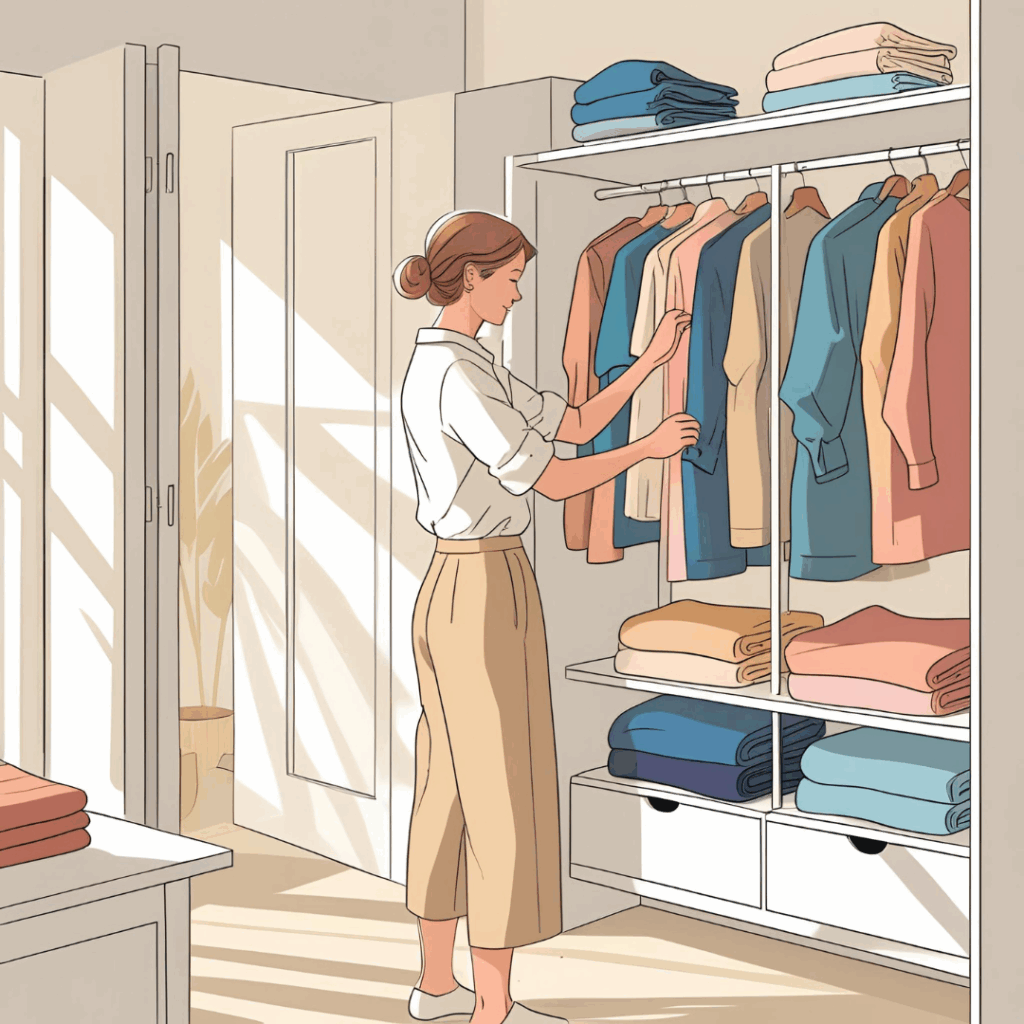How Reducing Clothing Consumption Improves Mental Clarity and Well-Being
Sustainable fashion goes far beyond fabric and trends. By choosing a life with fewer clothes, more intention, and values aligned with sustainability, we can experience deep transformations in both mind and body. The decision to reduce clothing consumption not only brings environmental benefits, but also emotional and psychological ones.
The Link Between Consumption and Mental Health
We live in an era of constant stimuli, where every scroll bombards us with new items. The result? A manufactured need to always have something new. Overconsumption, especially in fashion, is often connected to feelings of anxiety, dissatisfaction, and identity-seeking.
Why do we accumulate clothes we don’t wear?
- Fear of not being “appropriately dressed” for certain situations
- Influence of fast-changing trends
- Impulse buying during moments of stress
- Confusion between personal style and social validation
This cycle of excessive shopping and subsequent guilt often leads to emotional exhaustion, lack of focus, and difficulty embracing simplicity.

Mental Clarity and the Minimalist Wardrobe
When we reduce the number of pieces in our closet, something powerful happens: mental clarity increases. Fewer choices bring more peace. That’s the foundation of the “capsule wardrobe” concept—living with a small collection of interchangeable clothing that reflects your true self.
Psychological benefits of a streamlined wardrobe:
- Less morning stress: deciding what to wear becomes quick and easy
- Greater self-awareness: you dress with purpose, not impulse
- Increased presence: less focus on appearances, more on inner life
- Sense of control: conscious choices boost self-esteem
Studies show that too many options can paralyze everyday decision-making. By reducing the number of choices, we free up mental space for what truly matters.
Sustainability as a Lifestyle
Choosing to live with fewer clothes doesn’t mean sacrificing style—it means aligning style with purpose. It’s an invitation to reflect on what is truly essential. Sustainability may start in the wardrobe, but it extends into all areas of life.
Sustainable habits that impact well-being:
- Buying from ethical and local brands
- Swapping items with friends or visiting thrift stores
- Recycling or upcycling old clothes
- Practicing regular decluttering
- Avoiding impulse purchases
These habits foster a lighter mindset, less materialism, and a deeper connection with the present.
Fashion’s Role in Shaping Identity
Fashion is often seen as a form of self-expression. However, when that expression depends on constant shopping, authenticity is replaced by comparison. Living with fewer clothes helps rebuild a visual identity based on what truly matters to you.
Conscious fashion:
- Reflects personal values
- Respects the lifespan of each garment
- Stimulates creativity with fewer resources
- Is timeless and not disposable
When clothing stops being a shield and becomes a mirror, the psychological impact is truly liberating.

How to Start Reducing Clothing Consumption
Adopting a lighter, more sustainable lifestyle begins with small steps. Here are some practical tips to kick-start your transformation:
Steps to a more conscious wardrobe:
- Do a complete review: separate what you truly wear from what’s been sitting unused
- Donate or sell unused items: give pieces a new life in someone else’s hands
- Create a basic color palette: it helps with mixing and matching, reducing shopping urges
- Invest in versatile pieces: items that work across seasons and situations
- Avoid impulse shopping: wait 7 days before buying something new—most urges fade
- Plan your capsule wardrobe: select 30 to 40 key items per season or month
The exact number doesn’t matter—what counts is the intention behind your choices.
Emotional Effects of Sustainability in Daily Life
People who adopt a more conscious lifestyle often report:
- A greater sense of emotional lightness
- Less anxiety about appearance
- Stronger connection to the present moment
- Reduced guilt around consumption
- More gratitude for meaningful choices
This shift may even inspire changes in other areas, such as diet, transportation, and energy use.
FAQ – Frequently Asked Questions
Won’t a smaller wardrobe limit me?
Quite the opposite. Fewer pieces push you to get creative, develop your own style, and explore new ways to wear what you already have.
Is sustainable fashion only for people with more money?
Not necessarily. Buying less and taking better care of your clothes is already a sustainable act. Thrift stores and swaps are also great, affordable options.
What if I regret donating a piece?
If that happens, see it as an opportunity to practice letting go. It’s also a great mental exercise in living with more lightness.
Why not start your journey toward a more conscious wardrobe today? Share your experiences and tips in the comments below!







